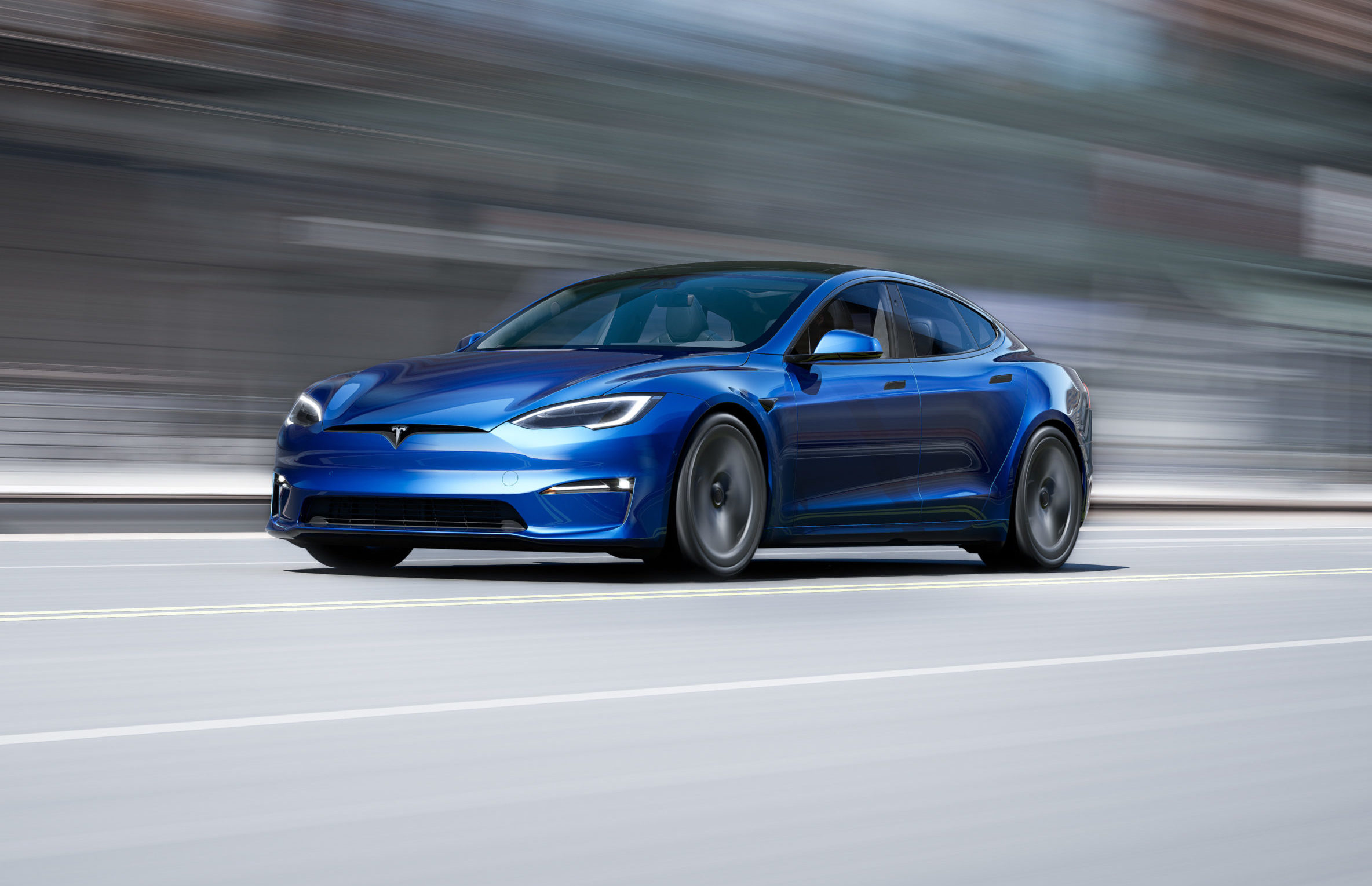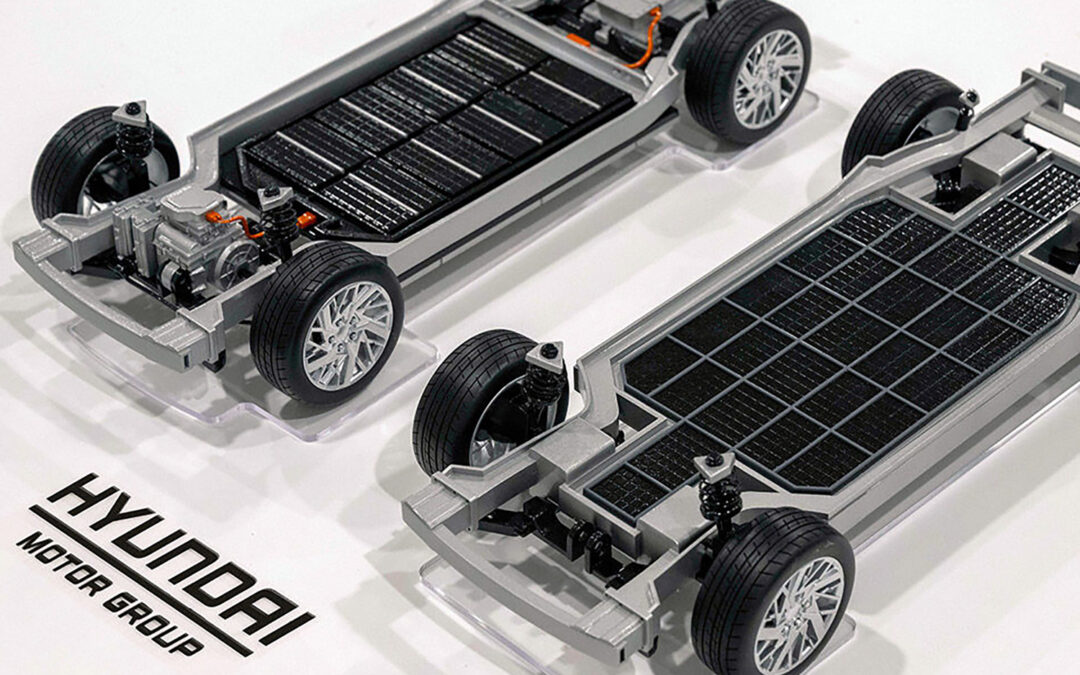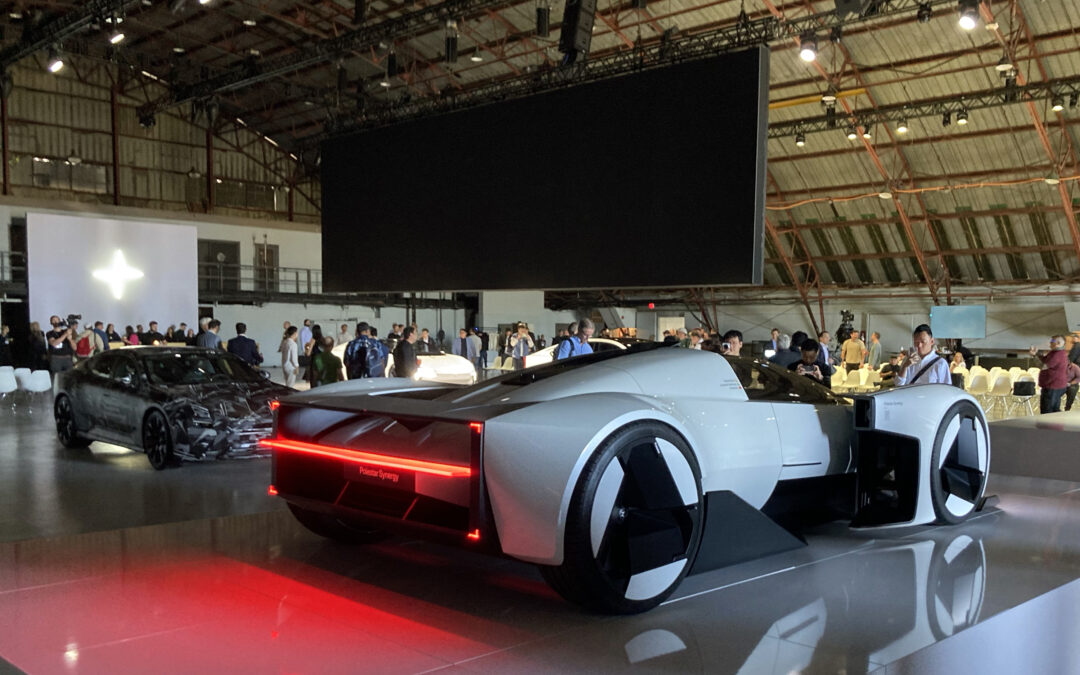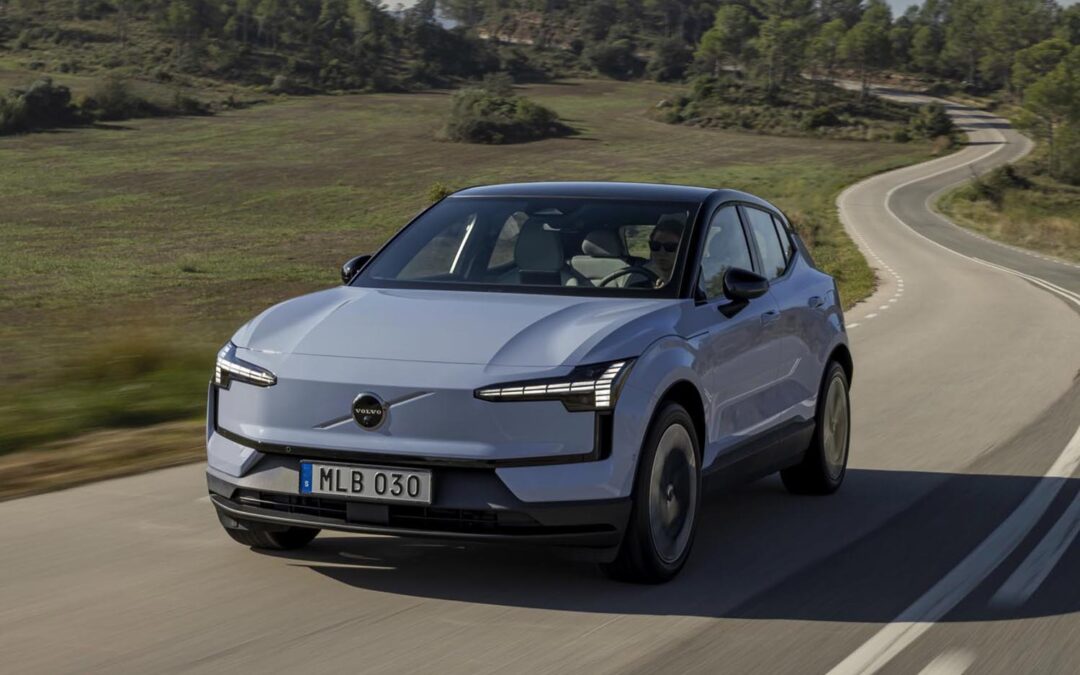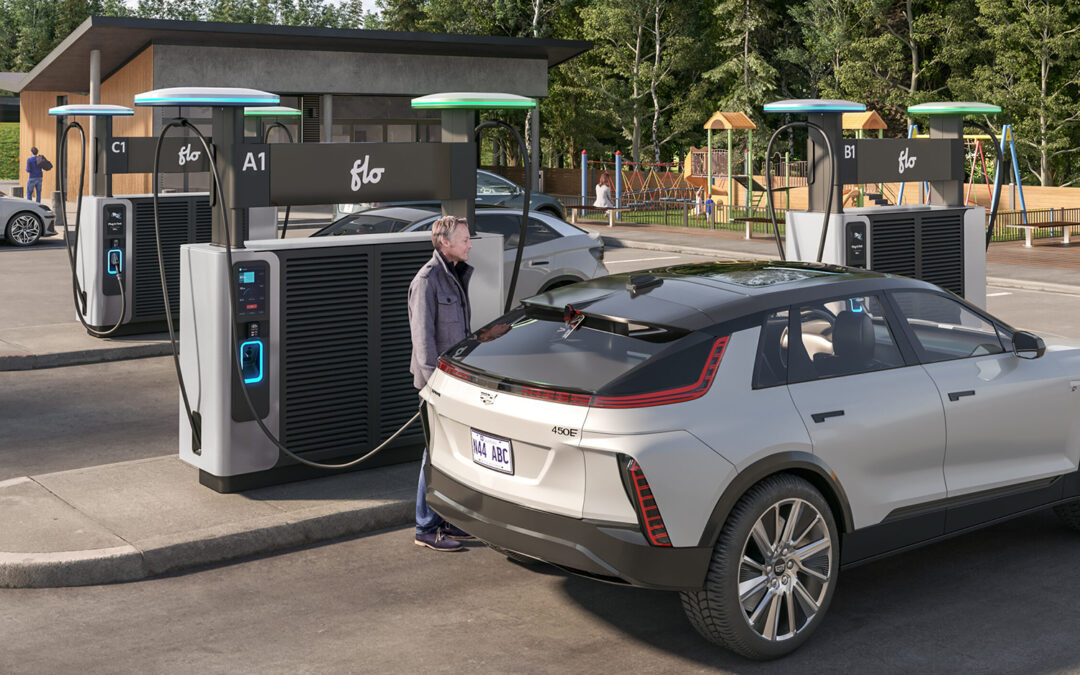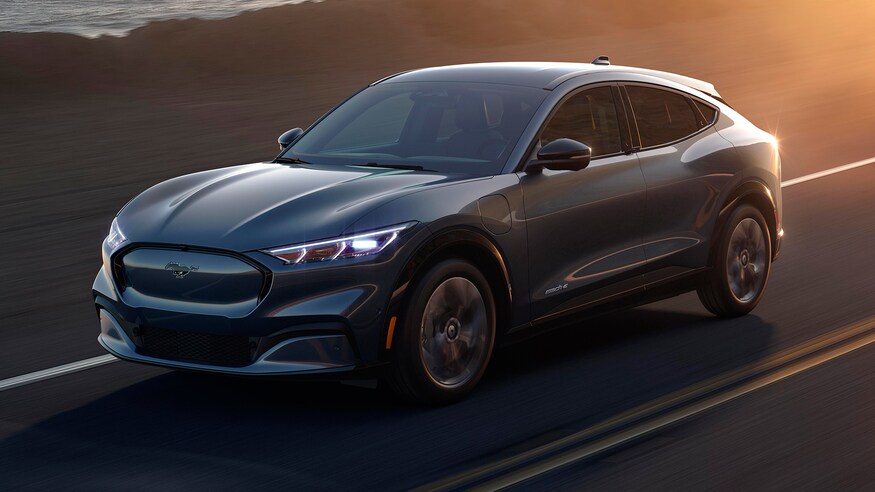With electrified vehicles having been on the road for more than a decade, there are plenty of used choices available for consumers looking for value. As an ongoing series, we’ll look back at various generations of battery electrics, PHEVs and hybrids to give you the information you need to make an educated choice. And check out The Charge’s Browse EVs for Sale page to find what you’re looking for.
When it debuted in 2013, the Tesla Model S mid-size sedan was the auto industry’s first high-performance all-electric sport sedan, and the car that kicked off the BEV brand’s dominance in the upscale EV segment.
While the Model S’s sales have been eclipsed by the more affordable Model 3 compact car, the Model S remains Tesla’s performance flagship.
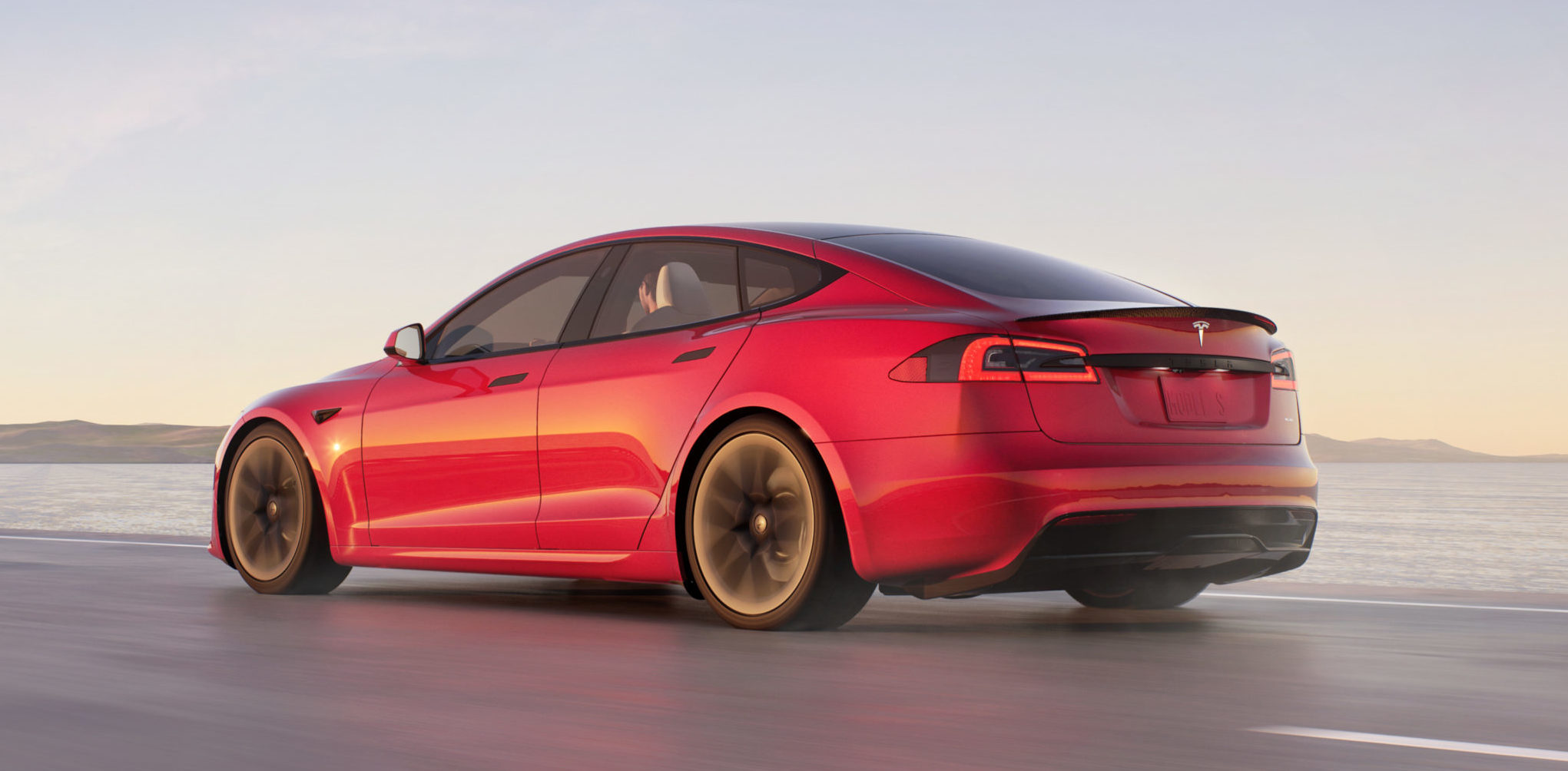
Tesla Model S
Specifications and energy consumption ratings
The Model S has become more efficient over the years. From 2013 through 2018, the best you can expect is 2.3/2.2 Le/100 km (city/highway) from a Model S 60D, while 85D and 90D models were rated for 2.7/2.6 Le/100 km.
By 2019, you could get a Model S Long Range with thriftier estimates of 2.0/2.2 Le/100 km, and starting in 2020, a Model S Long Range Plus promised energy consumption as low as 1.9/2.1 Le/100 km.
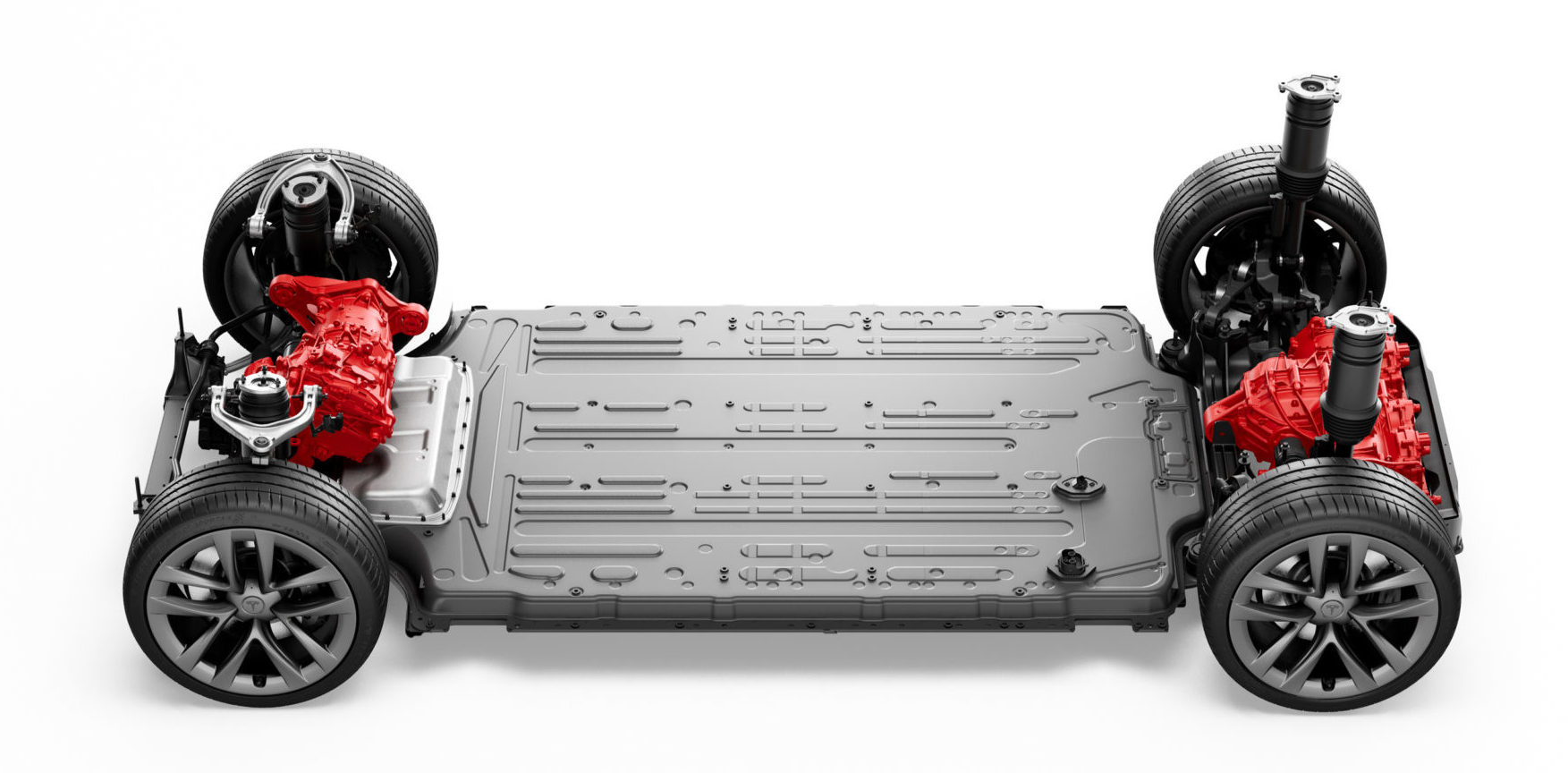
Tesla Model S
At the Model S’s Canadian launch in 2012 (as a 2013 model), offerings included 40-, 60-, and 85-kWh battery packs that promised 224, 335, and 426 km of driving range, respectively; 0-100 km/h acceleration in less than six seconds; and charging times as low as 45 minutes when connected to a fast charger.
A Model S 70D introduced in 2015 added a second, front-mounted motor for AWD traction and a promised 386 km of range, while 85D and 90D variants boasted as much as 435 km of range. P85D and P90D versions are more powerful but sacrifice range in favour of extra performance.
Tesla breached the 500-km mark in 2016 with the P100D variant, and driving range has continued to increase through the years, with 2021 models boasting up to 652 km.
The Model S’s performance peak is the Plaid configuration, in which Tesla claims power output of 1,020 hp and 0-100 km/h acceleration of 2.1 seconds.
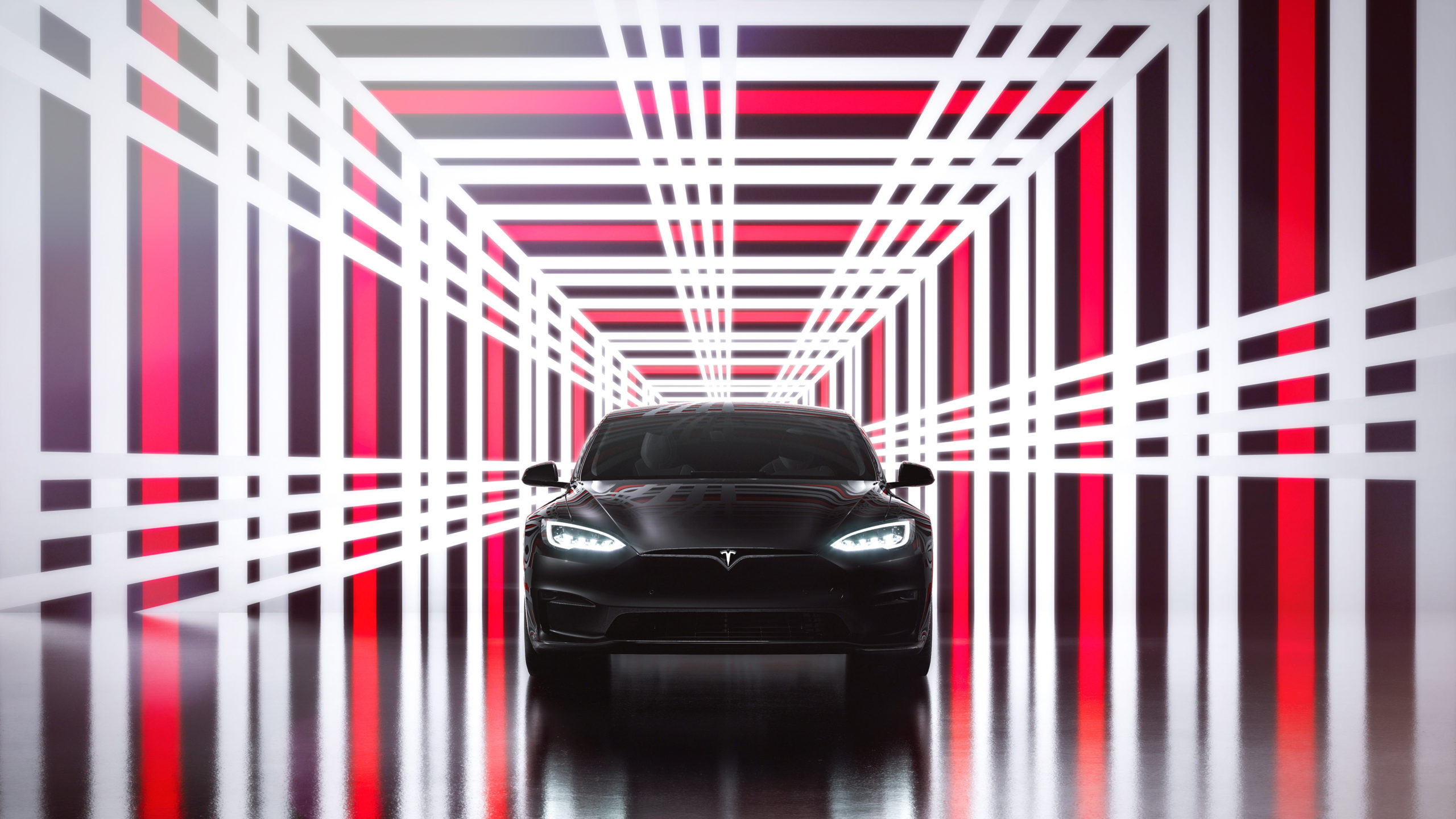
Tesla Model S Plaid
Used pricing
Carfax Canada doesn’t list consistent values for the used Tesla Model S. The earliest data they have applies to 2019 models, with a Standard Range version coming in at an average of $86,434. Meanwhile, the average value of a 2020 Tesla Model S Performance is $102,961.
Trim levels and features
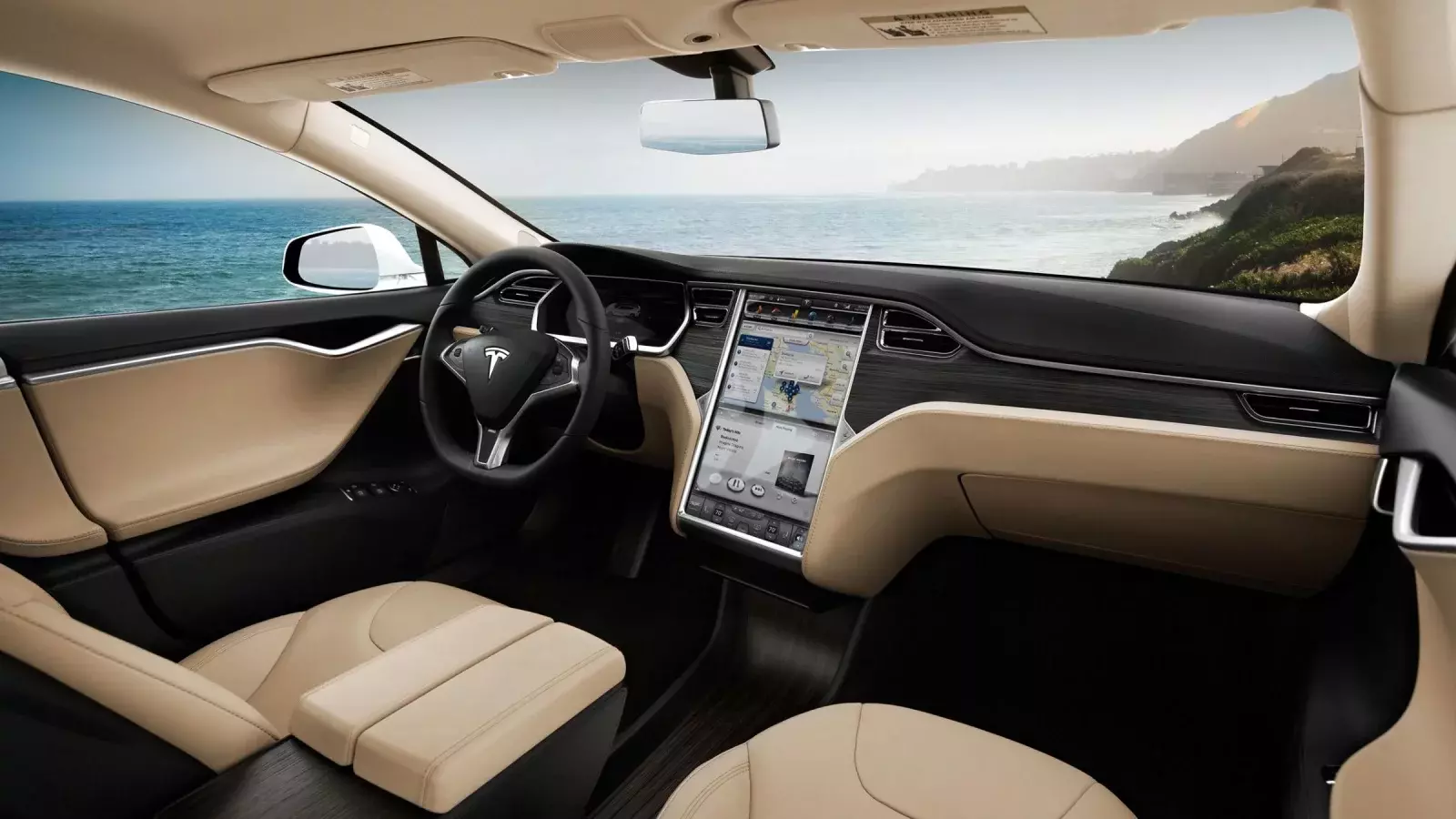
2015 Tesla Model S
Standard features in 2013 included a 17-inch vertically oriented central touchscreen, automatic keyless entry, Xenon headlights, rain-sensing wipers, auto-dimming and power-folding side mirrors, heated/12-way adjustable front seats, blind spot and lane departure warning, and front and side collision avoidance.
In 2021, Tesla updated the Model S’s interior with a new, horizontally oriented screen and, notably, a steering yoke that you’ll either love or hate. Also included is three-zone A/C, 22-speaker audio, a glass roof, heated/ventilated front seats, heated rear seats, and a heated steering wheel.
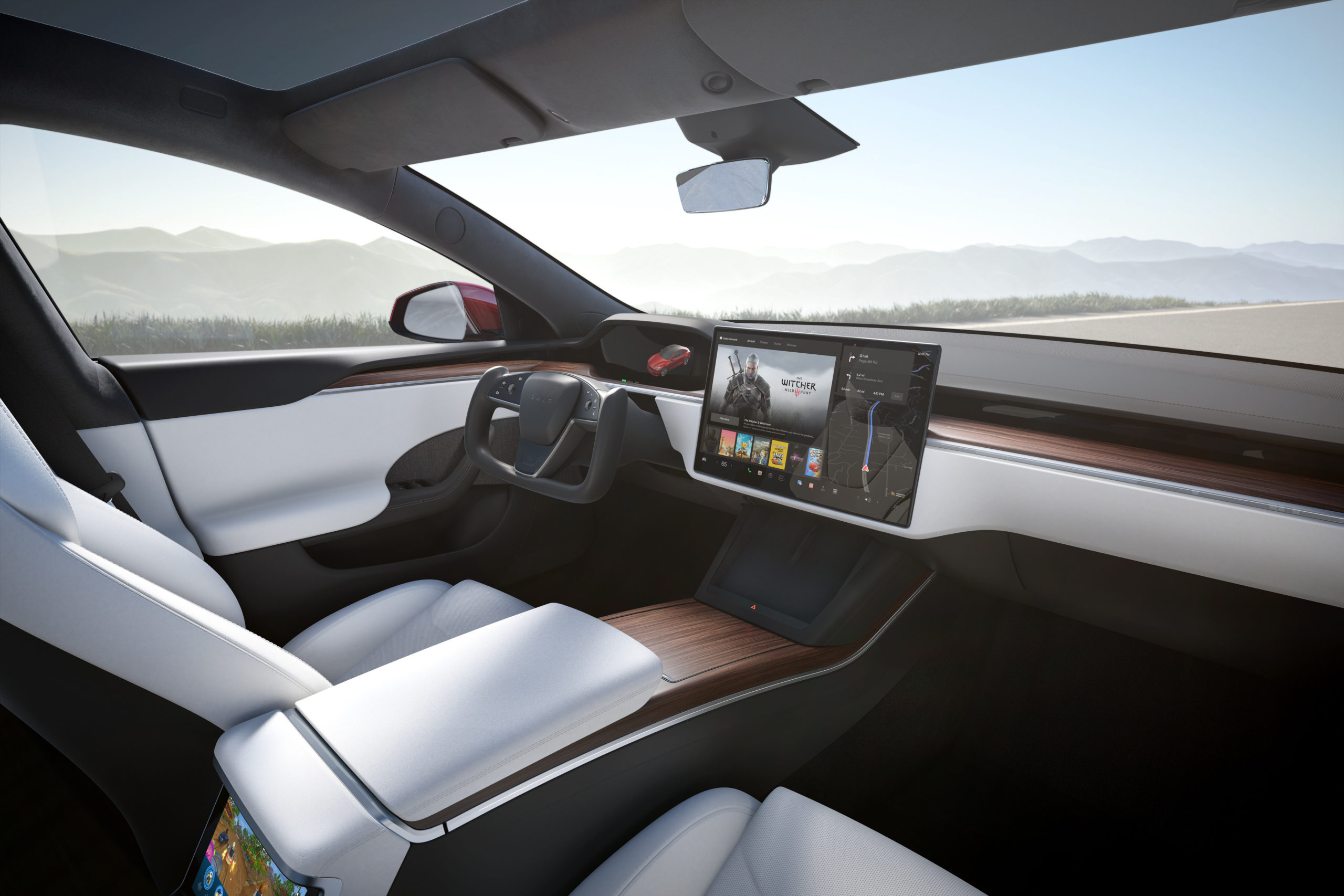
Tesla Model S
In later models, Tesla offered an Autopilot suite with autonomous driving capability, automated parking, and a summon feature designed to let the car drive itself to you from where it’s parked.
Check how much driving range the car promises
Every BEV will suffer from battery degradation over time, and while it doesn’t seem to be an especially common issue in Teslas, it’s worth watching for if you’re shopping for a used one.
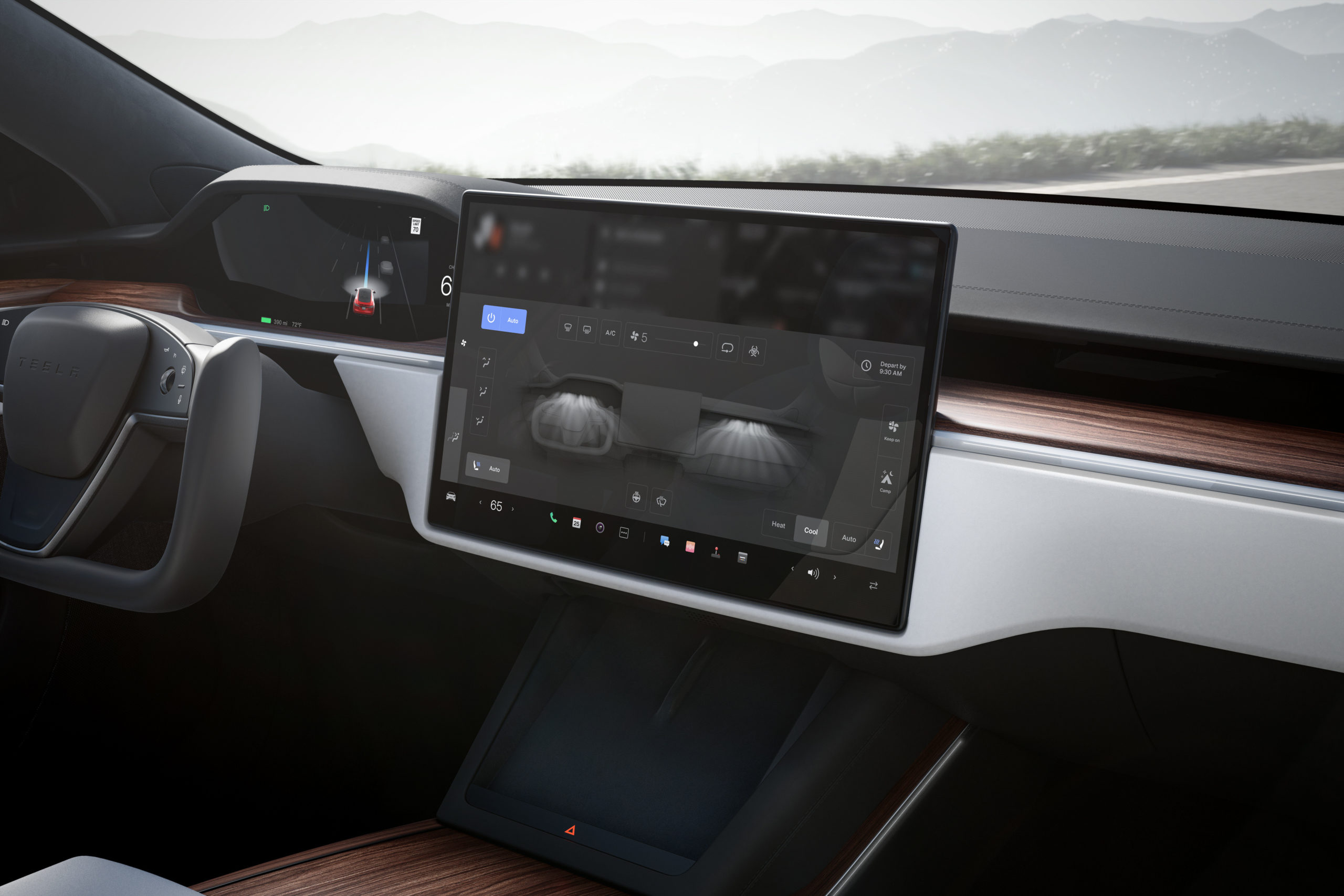
Tesla Model S
But a reduction in estimated driving range isn’t always due to a battery losing capacity. It can also be caused either by software updates, as alleged in this class action, or the car adjusting to a new owner’s driving style and commuting patterns, as discussed in this thread. And in this discussion, Model S owners talk about their experiences with Tesla’s “infinite-mile” battery and powertrain warranty.
Over-the-air (OTA) software updates
Speaking of software updates, Tesla commonly uses over-the-air (OTA) updates when it releases new software conceived to improve the ownership experience, but as this discussion shows, not every owner appreciates all the changes Tesla makes to their cars.
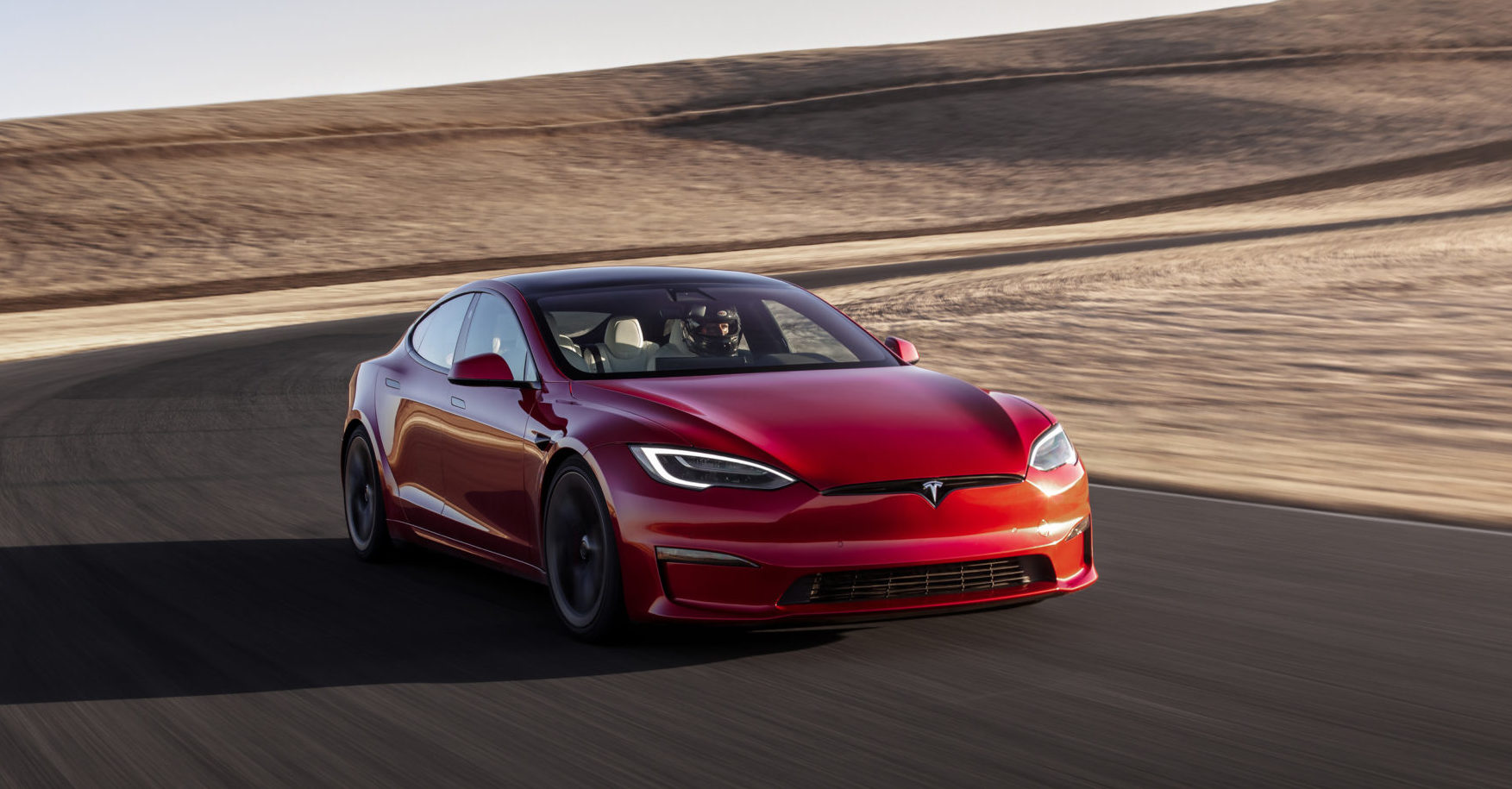
Tesla Model S
This thread of complaints about cars that lose all power apparently coincided with a software update. Here’s a related discussion that describes a clunking sound that often precedes such a loss of power. It’s apparently a well-known phenomenon in the Model S owner community.
And this Model S owner suspects a software update affected the performance of the car’s HVAC system.
Touchscreen and instrument cluster problems
When test-driving a Model S, watch for issues with the performance of the central touchscreen and the instrument display.
Some Model S owners suspect the car’s odometer is not accurate.
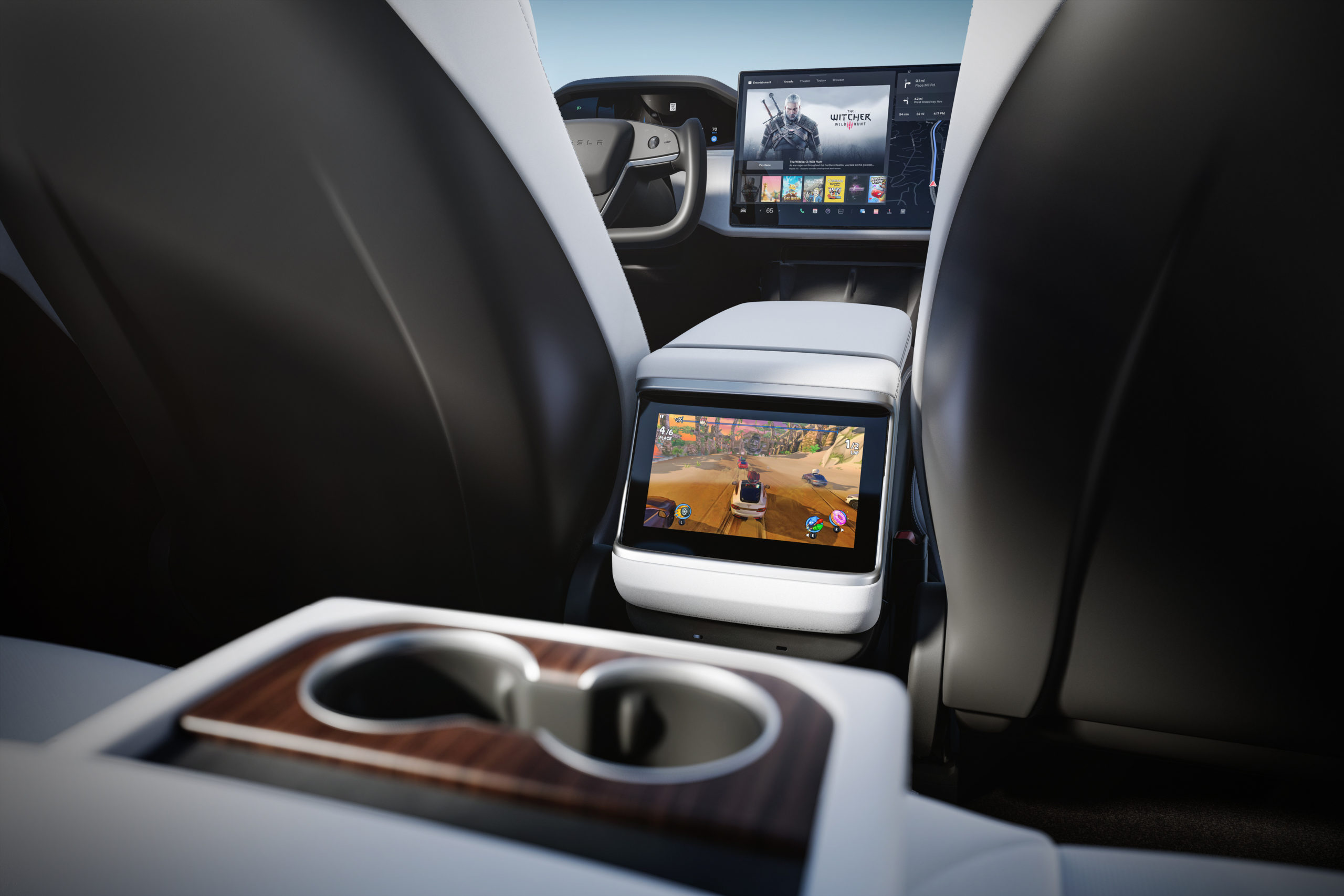
Tesla Model S
Door handle, panoramic roof and windshield complaints
This thread details a common cause of Model S exterior door handles that don’t work despite extending normally from the body when you approach the car. Here’s more reading about faulty door handles. A few owners in this thread from 2013 discuss a different phenomenon: cars unlocking and doors opening randomly while the car is parked.
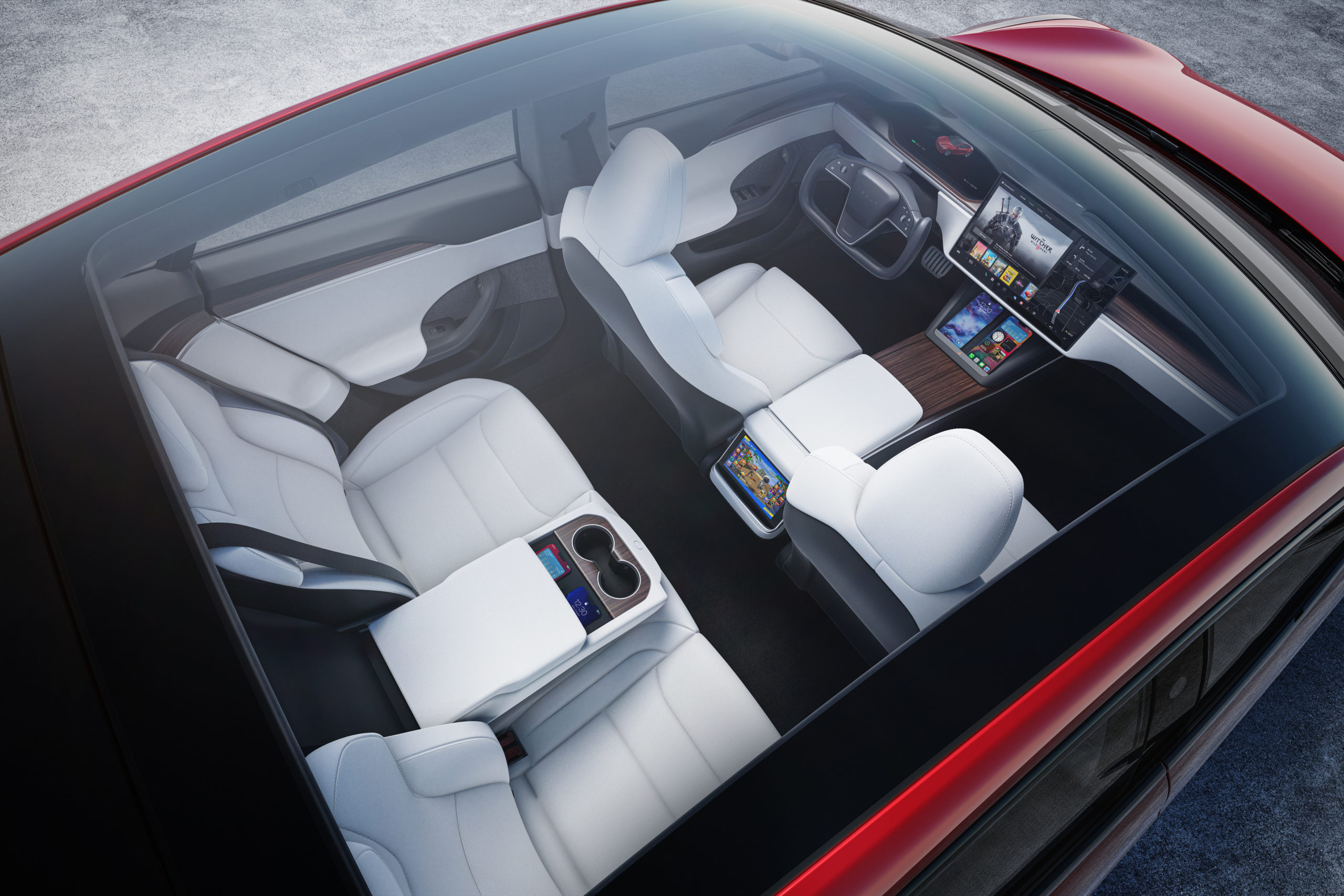
Tesla Model S
Here, Model S owners discuss possible reasons for why the car’s trunk refuses to open. On a related note, if you plan to use your Model S as a family car, here’s a useful thread about strollers that fit in the front trunk.
While driving, listen for creaking sounds from the Model S’s panoramic roof, as described by owners in this thread.
When you’re looking at used a Model S, inspect the windshield for fractures.
Broken suspension control arms and drivetrain vibrations
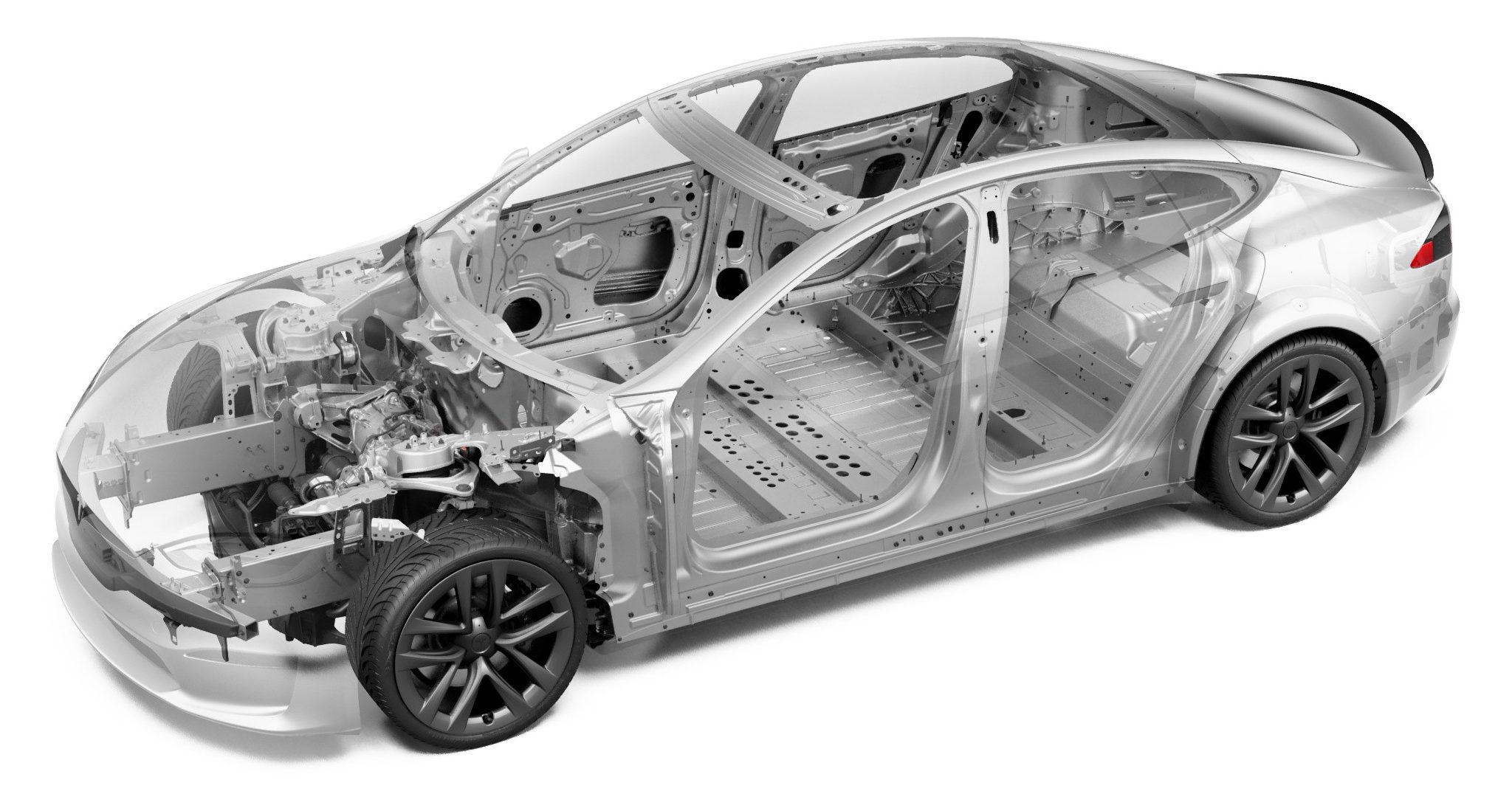
Tesla Model S
Suspension control arms – the parts that connect the wheel assembly to the car’s structure – are a common conversation topic in Model S forums. Here’s one that starts out as a chat about failed front control arms but ends up including complaints of rear control arm failures, too. Here’s more reading about cracked control arms.
Here, owners of later model cars discuss possible causes of a vibration felt in the accelerator pedal and steering wheel/yoke.
Don’t rely on Tesla’s advanced features
Finally, on top of various news stories throughout the years, here’s another reminder that you, as the driver, have to pay attention to road and traffic conditions even if your car has collision avoidance/mitigation features.
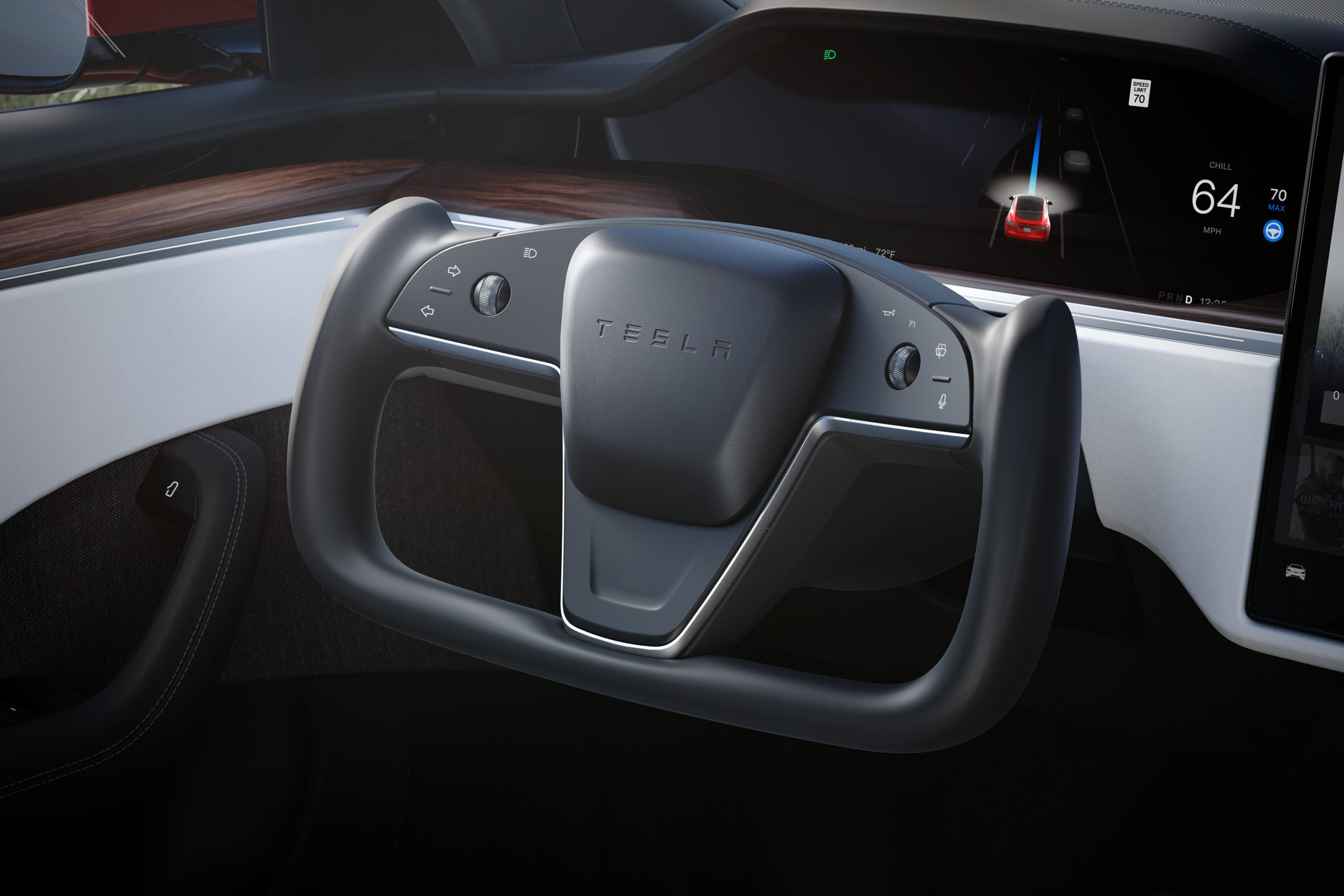
Tesla Model S
Safety ratings
The National Highway Traffic Safety Administration (NHTSA) hasn’t tested the Model S’s crash safety for every year it has been on the market, but those that have been tested have received the organization’s top marks – five stars – for frontal and side crash occupant safety and rollover protection, plus a five-star overall rating.
The Insurance Institute for Highway Safety (IIHS) first conducted crash testing on the Model S in 2016 and 2017. In those years, it gave the car an “acceptable” rating in the small-overlap front driver’s side test, and “good” ratings in the moderate-overlap frontal crash, side impact, roof strength, and head restraint tests. The IIHS didn’t think much of the Model S’s headlights, rating them “marginal” or “poor” depending on the car’s trim level. In 2017 and later cars, all Model S headlights are rated “poor.”
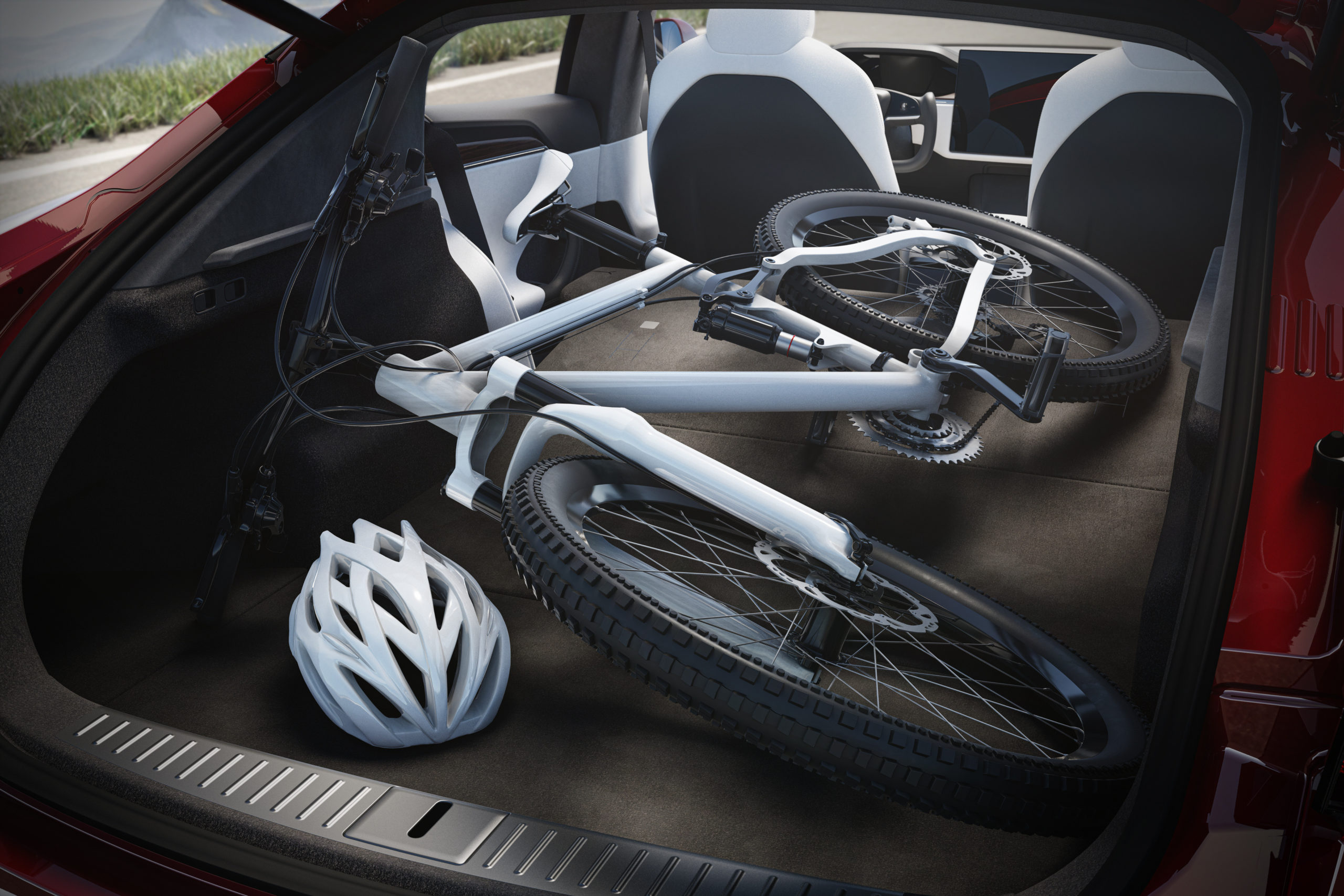
Tesla Model S
Recalls
Tesla has issued 18 recalls on the Model S since its 2013 debut, the full list of which you can see here.
Here’s a look at a few notable repair campaigns.
In 2014, Tesla and Transport Canada issued a recall on a Model S charging adapter sold as an accessory that could cause an electrical short and/or a fire.
In 2015, Tesla recalled nearly 4,000 examples of the Model S to fix seatbelt anchors that weren’t properly tightened during vehicle assembly.
A 2022 recall also applied to the car’s seatbelts, and addressed a reminder chime that may not sound when the car is started before occupants have fastened their seatbelts.
Tesla recalled some 2016 cars to fix an electric parking brake that either wouldn’t engage fully – potentially allowing the car to roll away — or would get stuck in the engaged position and not release.
In 2018, more than 4,000 cars were called to address a potential loss of power steering assist.
Here’s a recall affecting more than 9,000 cars (a number that also includes the Model X SUV) to fix the software controlling the central display screen, which could turn off while the car is being driven.
Another software-related recall came out in 2022 to address a loss of cabin heat during cold weather.
In 2021, Tesla recalled more than 6,600 cars for a faulty latch on the front trunk lid that could allow it to open while driving.
Finally, in some 2021 and 2022 models, using the Model S’s fast-charging function could cause a piece of hardware to overheat and blank out the central display screen.
